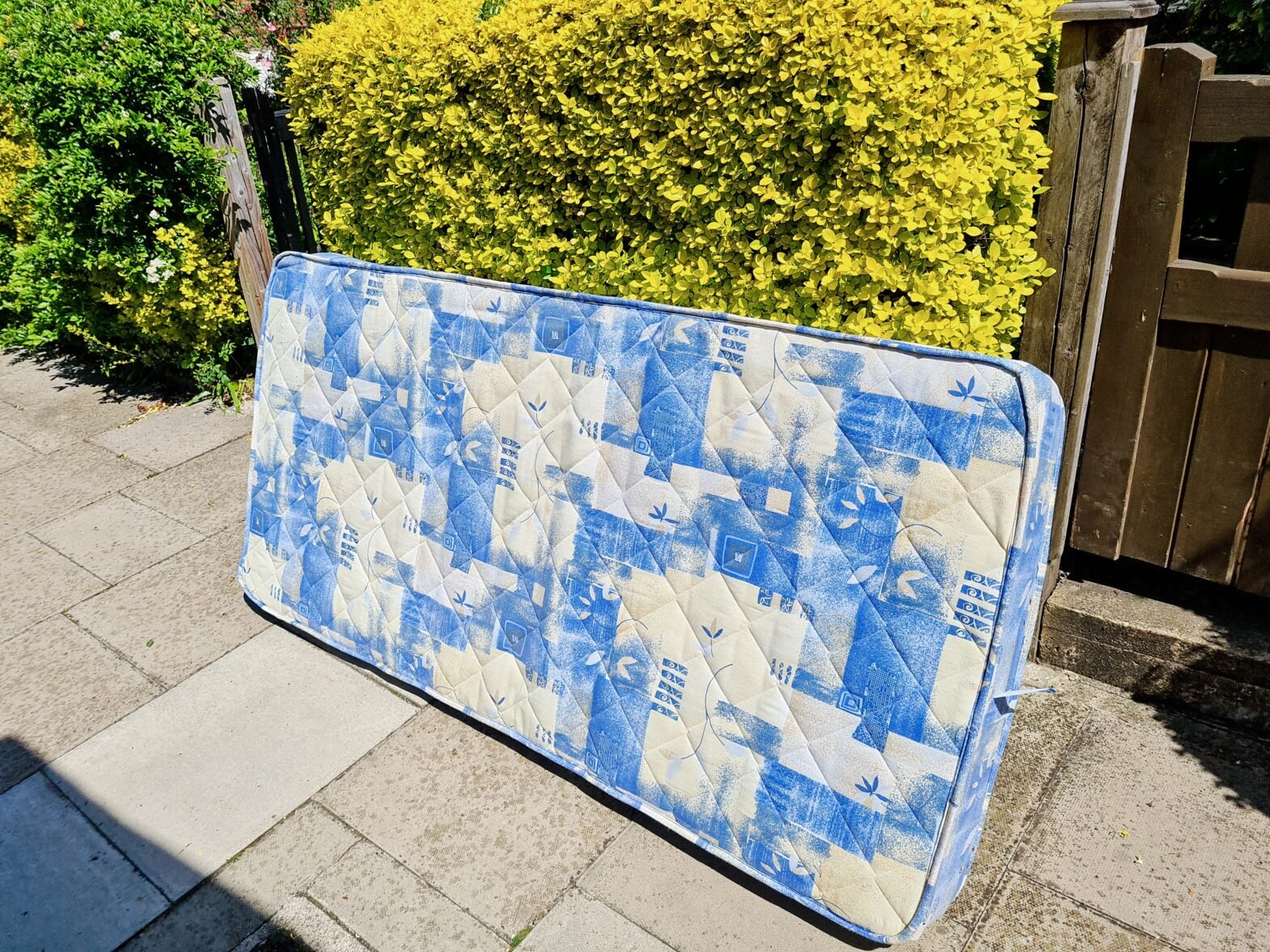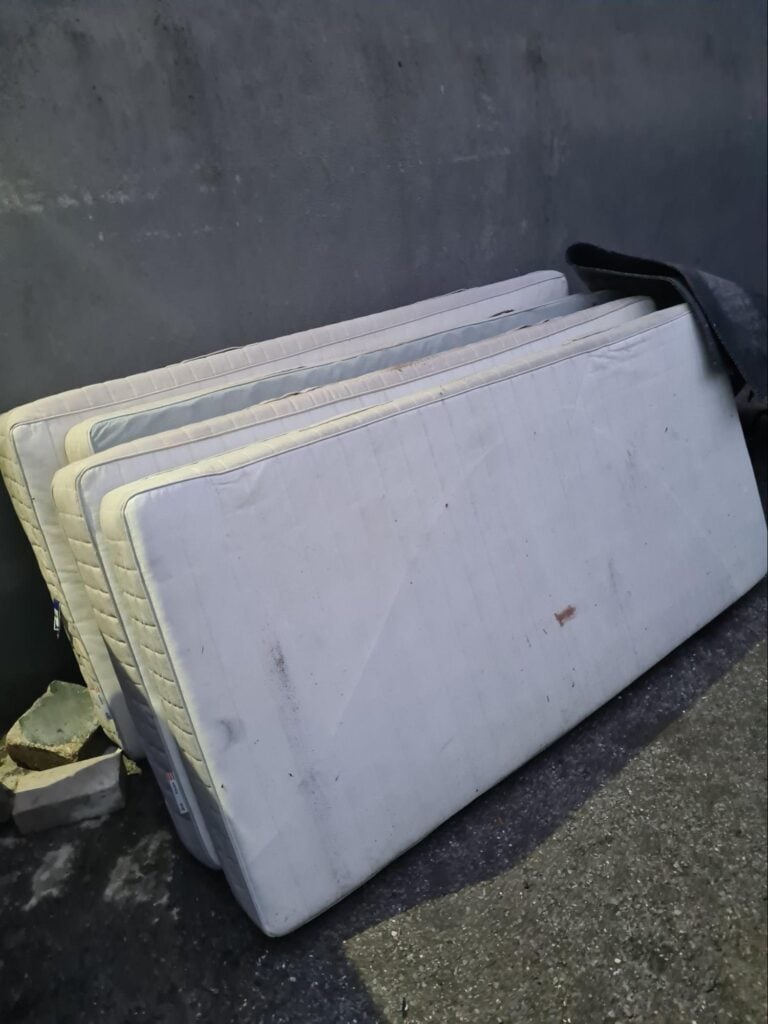One of the biggest myths in waste management is that your old mattress goes straight to landfill. But often, it will end up recycled into shiny new products.
Over 7 million old mattresses are thrown away each year
Almost half of the people in the UK change their mattress at least once every five years. Whilst the most savvy amongst us call in the experts for a mattress collection, we all know the struggle of trying to load a heavy mattress into a car. But what happens to all of these mattresses that are no longer needed?
You might think that the final stop of a mattress removal van is a landfill; however, the truth is that many mattresses are recycled. But what does the process of mattress recycling look like, and what can we learn from it?
One fifth of UK mattresses are purchased online
The first thing to understand is where all these mattresses come from. Most mattress waste comes from online retailers. In the last few years many companies selling cheap mattresses have emerged online. When customers are not happy with the product, they return it to the company. In turn, the company has to dispose of it.
These mattresses often haven’t been slept in very long, with customers taking advantage of quick return policies. Some of these mattresses are in good condition, and can be cleaned and re-sold as used mattresses. However not all mattresses fit the bill, and so have to be traditionally recycled.
The technical challenges of mattress recycling
Mattresses are made from lots of different materials. Whilst some are simply foam, the standard mattress also contains metal springs and a variety of fabrics. This makes it difficult for most recycling plants to process, so specialist companies have developed machines up to the task.
The mattresses are broken down and separated by material. The springs are sent to metal recycling plants, where they are melted down. Depending on the metal, it can be repurposed into anything from machines to construction material. The foam, once extracted and cleaned, is used to stuff furniture and pillows, or even make carpet underlay. This leaves the fabric and other difficult to recycle materials. Specialist waste-to-energy factories take these materials and use them as fuel to generate energy.
Help the planet and your home
Everyone knows about the three Rs: reduce, reuse, and recycle. When it comes to mattress recycling, it’s best left to the experts. But that doesn’t mean we can’t make a difference at home.
To reduce your mattress waste, fight the temptation to buy a cheap mattress online. Do your research and invest in a good quality mattress. You use your mattress more than your phone or car, and investing in a high quality mattress can improve your sleep and health.
Just like factories reuse mattress parts, you can at home too. The metal springs make a wonderful DIY planter or garden trellis. They provide sturdy, long lasting support for your plants to grow against. Individual springs can even make trendy additions to the outside of a plant pot. The foam can be cleaned and incorporated into quilts or home-made cushions. This is a great way to add free, sustainable padding to your quarantine DIY projects.
We’d love to see how creative you have been with your old mattress. Send your photos to us on @rubbishlovers on Instagram or Facebook!



